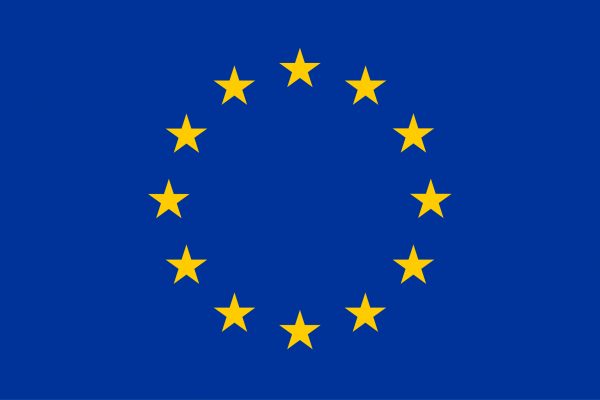Last week we announced the kick-off of Project RoMiAD (Role of Markets in AAS Deployment) project. In this blog, Maribel Tomás discusses what we want to explore in the project awarded by Engage, the SESAR Knowledge Transfer Network (KTN).
Project RoMiAD is investigating potential financial benefits of ATM modernisation as described in the Airspace Architecture Study and the market mechanisms that would best enable the necessary transformations.
Currently, the Air Traffic Management (ATM) system is a patchwork of national ANSPs. Usually within the national boundaries, ANSPs manage the full set of services required to provide air traffic control. This leads to limited interoperability between systems with duplicated resources leading to a high cost of fragmentation to the European network.

Prior to the pandemic the current ATM system was beginning to show signs of strain as evidenced by the extremely high delays in Summer 2018. With high traffic growth forecast, the AAS proposed a significant transformation to achieve a truly Digital European Sky.
The proposed architecture is based on reconsidering ATM as a set of layers –the core of which is a common data layer that ensures the significant increase in interoperability necessary for stakeholders to work collaboratively to deliver trajectory-based operations for the benefit of all airspace users.

Although the current crisis has removed the need for urgent additional capacity, it does not remove the need for modernisation. ATM must take advantage of the latest technologies to enable the most sustainable form of ATC possible.
Achieving the AAS will require significant transformation of the organisation providing ATM. Rather than todays “vertically integrated” structures, each layer will form a distinct market, with different requirements in terms of staff, capital equipment and performance. Therefore, each layer could be subject to competition if a contestable market can be established or a form of economic regulation – but one suited to the services being provided.
In Project RoMiAD we are going to analyse the size of each market, the potential de-fragmentation benefits and how different market mechanism may help realise these benefits through consideration of other markets with similar properties.
We will be consulting widely with stakeholders to get their views on how best to realise ambitious modernisation in these difficult times; and working close with the Engage KTN to collaboratively share ideas draw on previous and ongoing research.
Engage KTN has given Think and the ATM industry the opportunity to bring modernisation a step closer to deployment at a time when it has become even more relevant. In Engage terms, let’s use the moment to catalyse the transformation.

Author: Maribel Tomas Rocha, ATM Consultant
This project has received funding from the SESAR Joint Undertaking under the European Union’s Horizon 2020 research and innovation programme under grant agreement No 783287.





Recent Comments